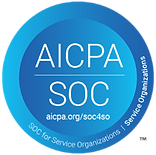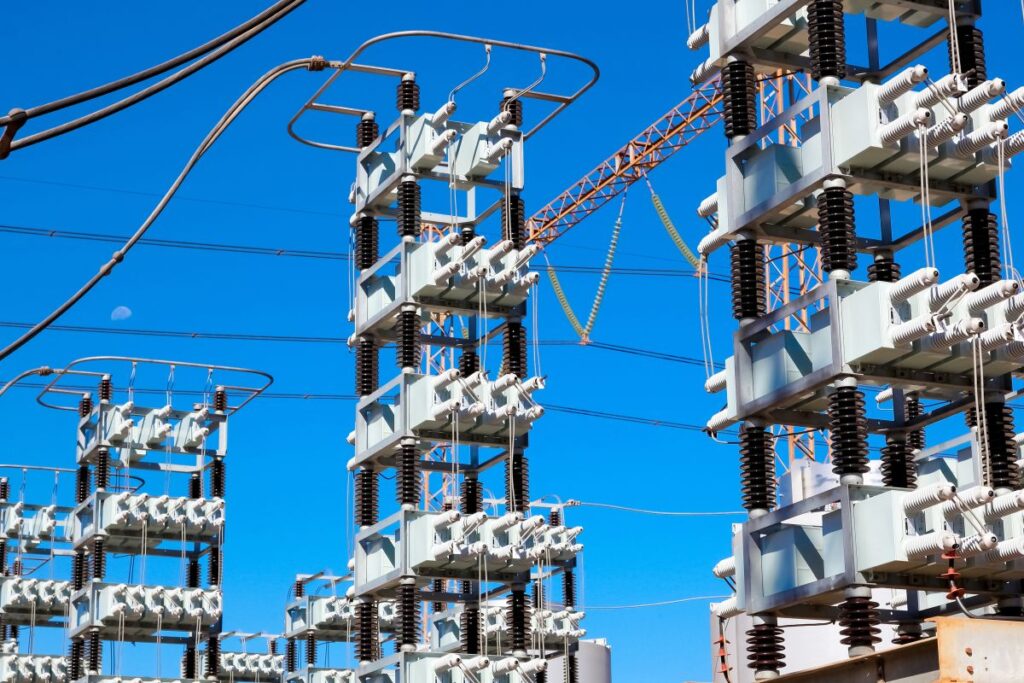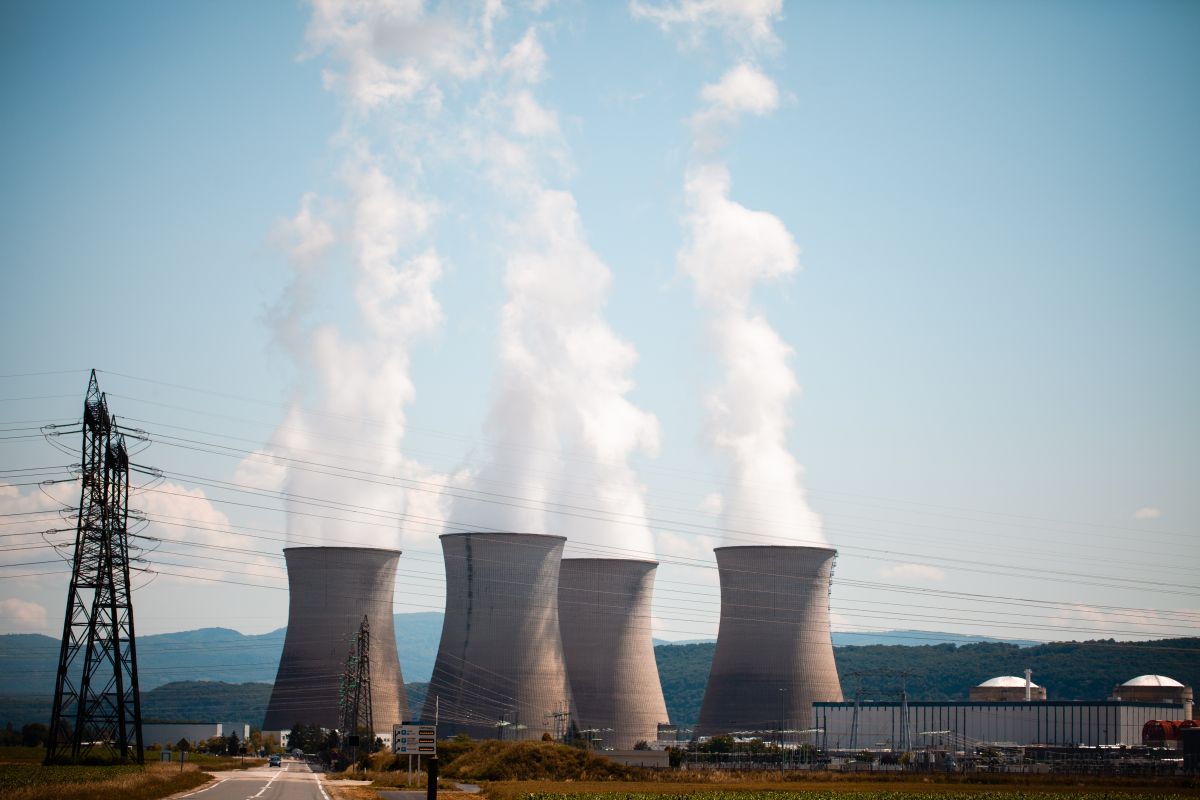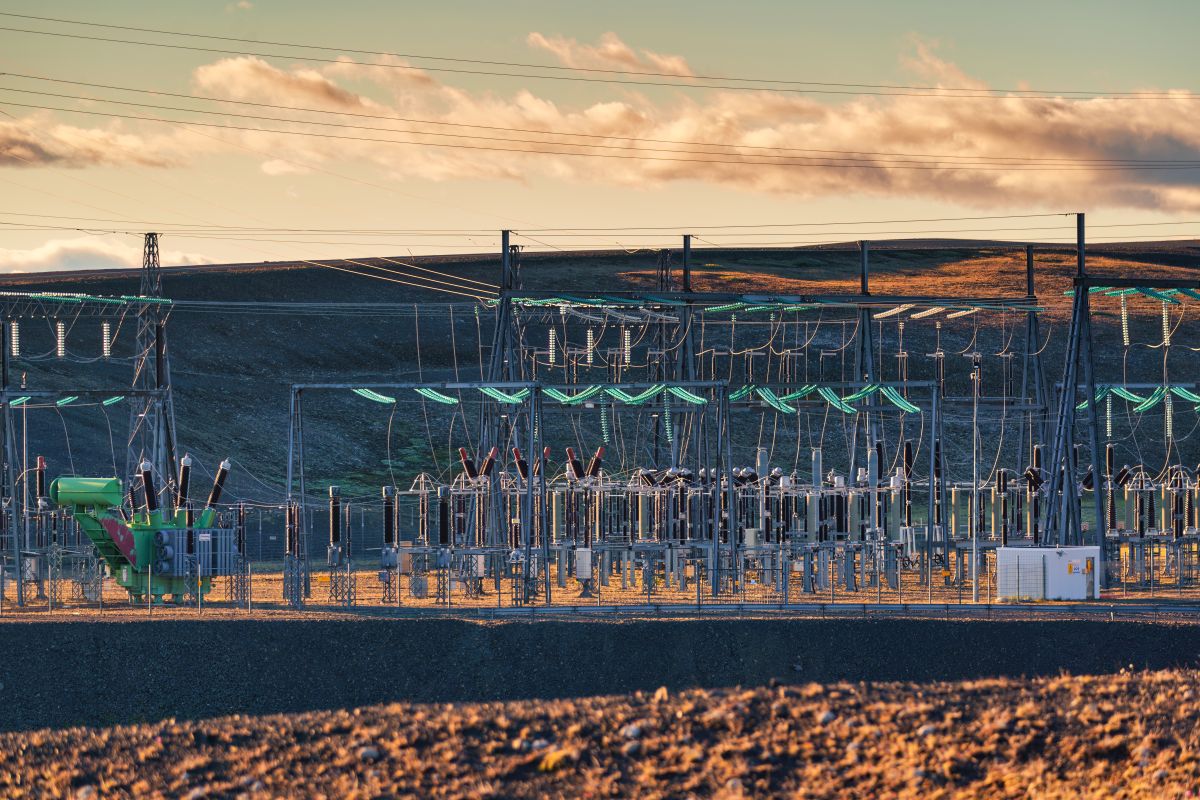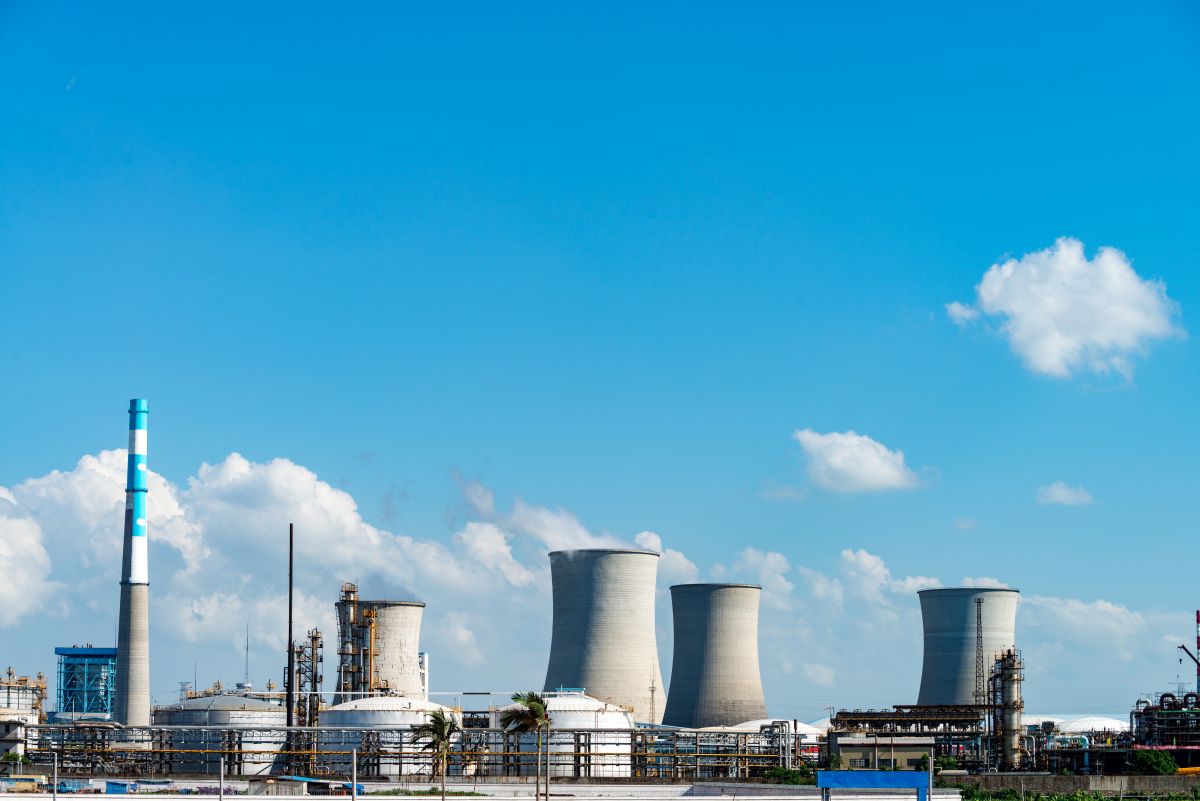Inverter-based resources (IBRs), including battery storage and solar farms, have now become essential to the North American grid as it responds to increases in demand and climate ambitions. The 2022 Odessa Disturbance that resulted in an abrupt loss of 1,711 MW of solar PV plants demonstrated the necessity of more intense regulations that could save the Bulk Electric System (BES). NERC, in its reaction, has widened the registration requirements of Category 2 IBRs, forcing some facilities to join as Generator Owners (GO) and Operators (GOP) in May 2025 and May 2026, respectively, with complete enforcement taking place in May 2026 in the FERC Order No. 901.
For owners and operators of these resources, it is crucial to understand and implement effective compliance strategies that not only enable them to meet regulatory requirements but also enhance the reliability of their systems.
1. Confirm Registration and Scope
IBR facility owners having a total capacity of 20 MVA or more and an interconnection voltage of 60 kV or above should be registered as GO and GOP. For this, the entities should:
- Check the scope of assets: Check all the interconnection points and sum up the capacities to see whether registration thresholds are applicable.
- Issue NERC e-registration: File or modify registration with the NERC Compliance Registry to cover new facilities subject to the rules.
- Set internal deadlines to avoid penalties: Adjust the internal deadlines so that the earlier NERC-registered dates are used to prevent late penalty filings.
2. Map Applicable Reliability Standards
After registering, Category 2 IBRs can only be operated according to a set of available reliability guidelines. They are:
- Determine enforceable standards: There are now BAL-001 (Area Control Error), IRO-010 (Reliability Coordinator Data Specification), MOD-032 (Data to be used to model a power system), PRC-006 (Underfrequency and Undervoltage Load Shedding), TOP-003 (Operational Reliability), and VAR-001/002 (Voltage and Reactive Control).
- Project future needs: Model validation (MOD-026 / 027) and protection setting PRC-024 standards are now being applied to IBRs. Additionally, IBRs will be required to meet new standards such as PRC-028, PRC-029, and PRC-030, which cover disturbance monitoring, ride-through settings, and event mitigation.
- Cross-reference Regional Entity criteria: Have in place any additional regional or local criteria being cross-referenced into the compliance inventory.
3. Conduct a Gap Analysis and Develop a Compliance Program
An orderly compliance program converts regulatory requirements into day-to-day operating procedures. These steps include:
- Gap assessment: Conduct an overall audit against each standard to find deficiencies in documentation, process, or technical aspects.
- Policies and procedures: Create in writing, or revise existing, procedures related to the accuracy of verification of models, reviews of protection settings, reporting of events, and periodic testing.
- Roles and governance: Identify a compliance lead to act as the liaison with NERC and the Regional Entity, as well as the transmission operators. Establish a clear line of division of labor between engineering, operations, and corporate management.
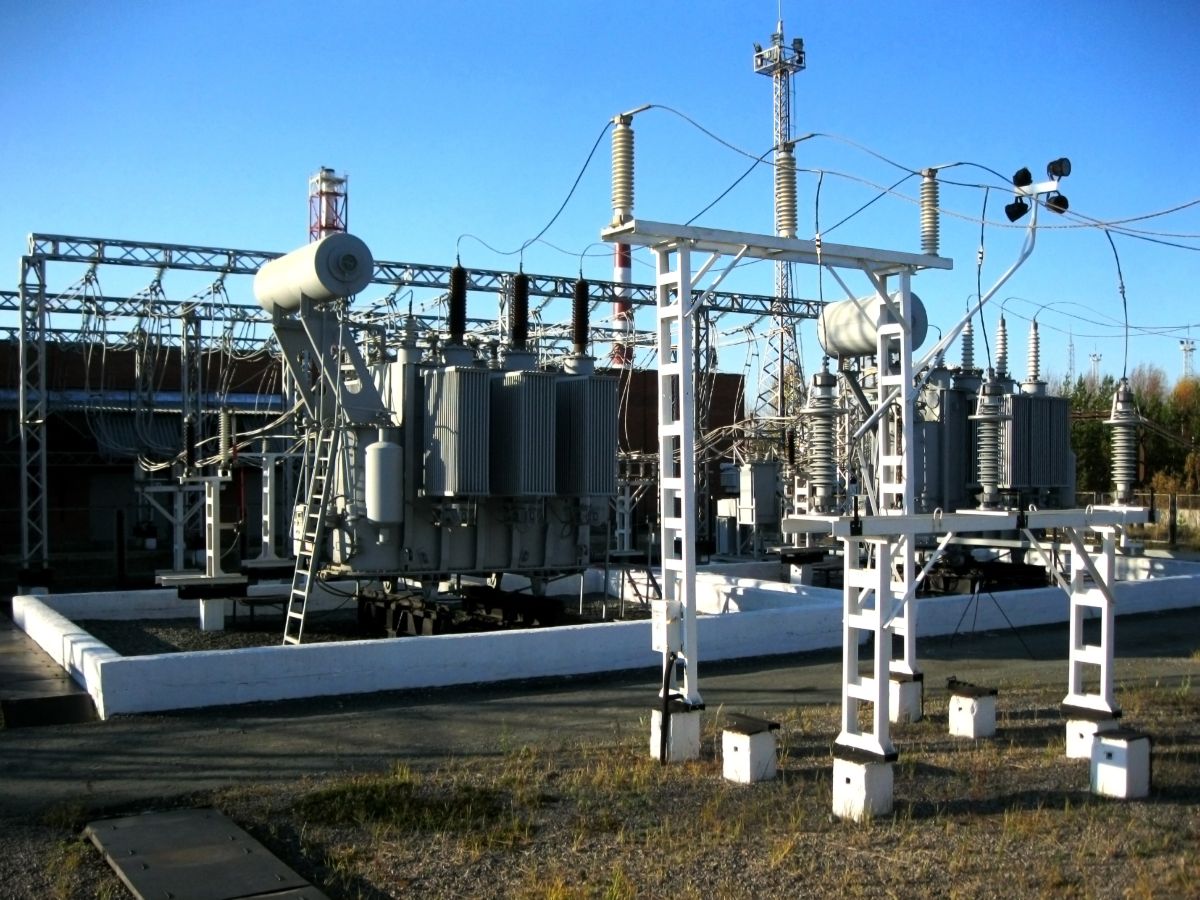
4. Technical Model Validation and Protection Coordination
Grid performance of acceptable reliability strongly depends on proper models of the systems and protection settings. Such systems and settings include:
- Dynamic model quality: Validate models per MOD-032-2, with compliance to MOD-026-2 Requirement R1 within 12 months and R2–R6 within 24 months of the effective date.
- Protection and ride-through provision: Under PRC-024-4, ensure IBR protection schemes align with ride-through requirements, with non-BES IBRs meeting PRC-029-1 ride-through criteria and avoiding momentary cessation during disturbances.
- Fault data recording and event mitigation: Implement PRC-028-1 fault data capture and develop event identification and mitigation plans under PRC-030-1.
5. Stakeholder Engagement and Training
With active work teams and easy communication, surprises are reduced:
- Internal training: Give specific training to engineers, operators, and compliance employees on new norms, model validation procedures, and event reporting procedures.
- External cooperation: Attend NERC-sponsored webinars, Regional Entity forums, and Electric-Sector Information Sharing and Analysis Center (E-ISAC) working groups to keep up-to-date regarding changes. Additionally, review NERC alerts and Lessons Learned documents for additional information.
- Regulatory liaison: Have a regular dialogue with your Regional Entity compliance manager to clear up interpretations and give unofficial guidance when you believe that the standards are still being developed.
Conclusion
NERC’s expanded registration framework places new compliance obligations on IBRs not currently registered as part of the BES, marking a pivotal shift in North America’s approach to grid reliability. Resource owners can shift regulatory compliance into the platform of operational excellence by officially affirming the scope of registrations, mapping, and auditing in line with the relevant standards; protection models and protection settings; and implementing a strong program of surveillance, reporting, and stakeholder engagements. Ongoing planning and constant optimization will result in Category 2 IBRs not merely being compliant with the 2025 guidelines but also producing the reliable power grid of tomorrow.
What is the minimum capacity threshold for IBR registration under NERC’s 2025 guidelines?
How many new reliability standards are applicable to Category 2 IBRs?
What is the deadline for compliance following registration?
What percentage of compliance gaps are typically due to documentation deficiencies?
Disclaimer: Any opinions expressed in this blog do not necessarily reflect the opinions of Certrec. This content is meant for informational purposes only.
